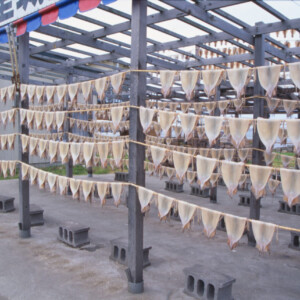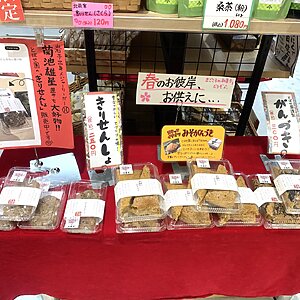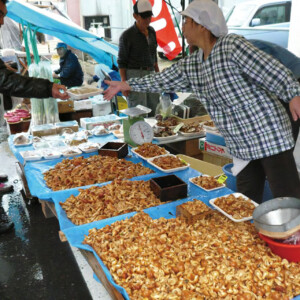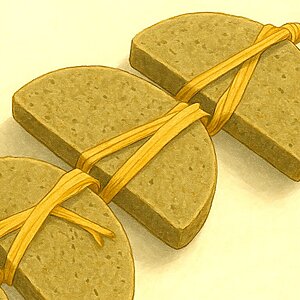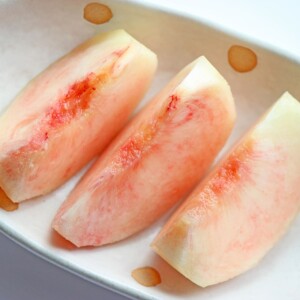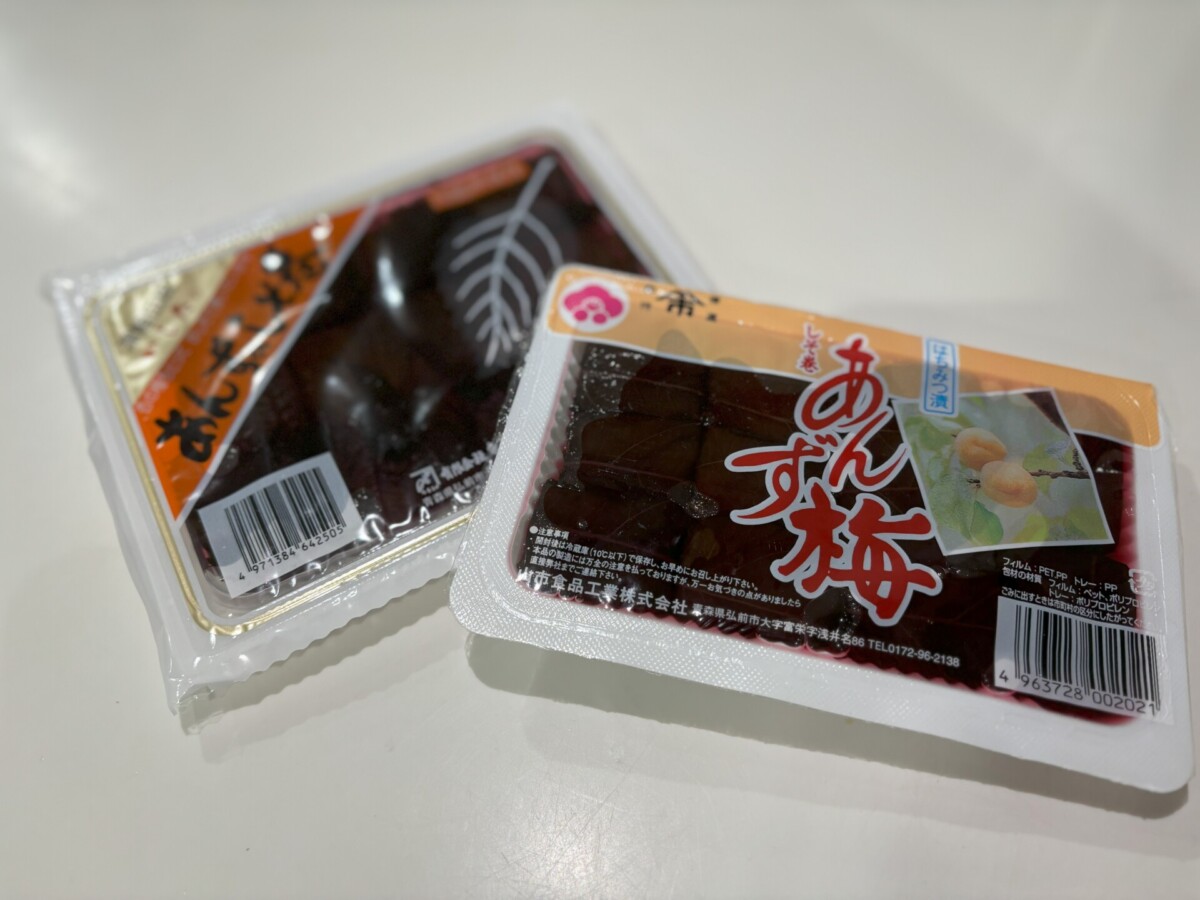
Are shiso-rolled apricots only available in Aomori and Akita prefectures? Introducing how to make it and recipes
table of contents
Shiso-wrapped apricots have been on the dinner table since I was a child . However, as soon as I left the Tohoku region, the opportunities to encounter "shiso-wrapped apricots" decreased. After doing some research, I discovered that shiso-wrapped apricots are a local dish of the Tohoku region, mainly Aomori and Akita prefectures.
In this article, we will explain why shiso-wrapped apricots are so popular in Aomori and Akita. We will also introduce how to make shiso-wrapped apricots and some recipe variations, so please read to the end
What is shiso-wrapped apricot?
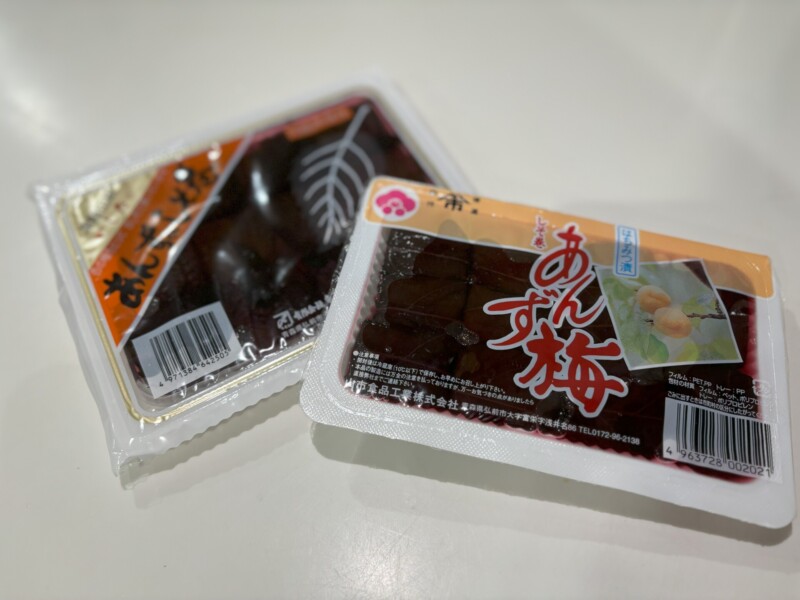
Shiso-wrapped apricots are a traditional local food that has been enjoyed in Aomori and Akita prefectures for a long time. As the name suggests, they are made by wrapping sweet and sour apricots in shiso leaves, and the refreshing flavor of the shiso leaves and the tart sweetness of the apricots are an exquisite match. They are served as a tea snack or pickled vegetable, and are also sometimes used as a rice ball filling. Some hotels and inns serve shiso-wrapped apricots for breakfast, and some tourists even buy some to take home. It has a nostalgic, comforting taste that is very appealing
Why is it so popular in the Tohoku region, including Akita and Aomori? Explaining the reasons
We found that there are several reasons why shiso-wrapped apricots are only eaten in Akita and Aomori, including the region's history, food culture, and how ingredients are sourced
Aomori Prefecture is a major producer of shiso and apricots
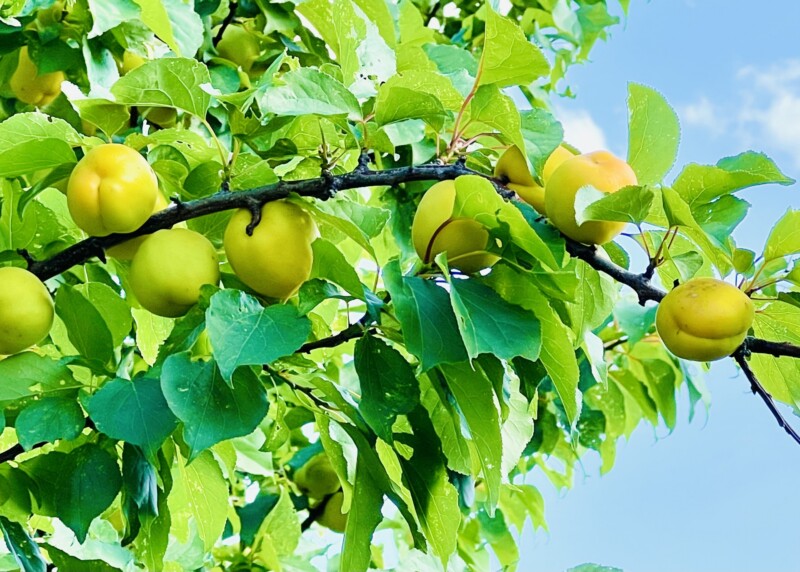
Akita and Aomori are regions characterized by their cold climates, which are suitable for producing certain agricultural products. Apricots are a crop that thrives in cool climates, and are cultivated in large quantities in Aomori and Nagano prefectures. Aomori prefecture is also a major producer of perilla, which is why they are used as an ingredient in "perilla-wrapped apricots."
In Aomori and Akita, where winters are long, people often dry and preserve food, and apricots have long been used as a preserved food. In addition to the development of food preservation techniques unique to snowy regions, the thriving production of apricots and shiso is thought to be the origin of "shiso-wrapped apricots."
By the way, it seems that "shiso-wrapped apricots" are also eaten in Nagano Prefecture, outside of Tohoku. Nagano Prefecture is also a snowy region and is one of the leading apricot producing areas in the country, so shiso-wrapped apricots were probably created for similar reasons. When you think about it, the food cultures of Tohoku and Nagano are somewhat similar
Materials are difficult to obtain nationwide
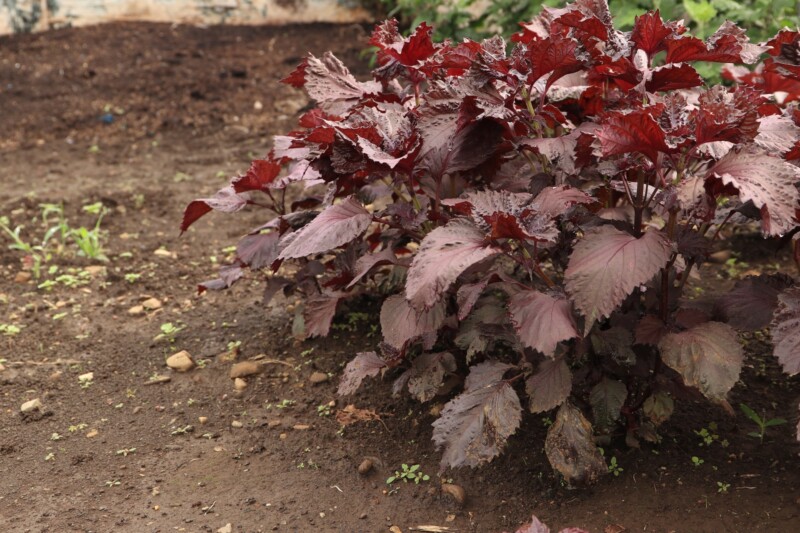
Another reason why "Shiso-wrapped Apricots" are only eaten in Akita and Aomori is due to the lack of distribution and name recognition of the ingredients. Ingredients such as shiso and dried apricots are not widely available nationwide, and the freshness of the shiso in particular is required, so they tend to be limited to local consumption
Furthermore, because shiso-wrapped apricots are a traditional food that is only available in certain regions, they are not well known in other regions. This has resulted in few opportunities for them to become popular in other regions, and they have become more firmly positioned as a local food in Akita and Aomori
How to make shiso wrapped apricots
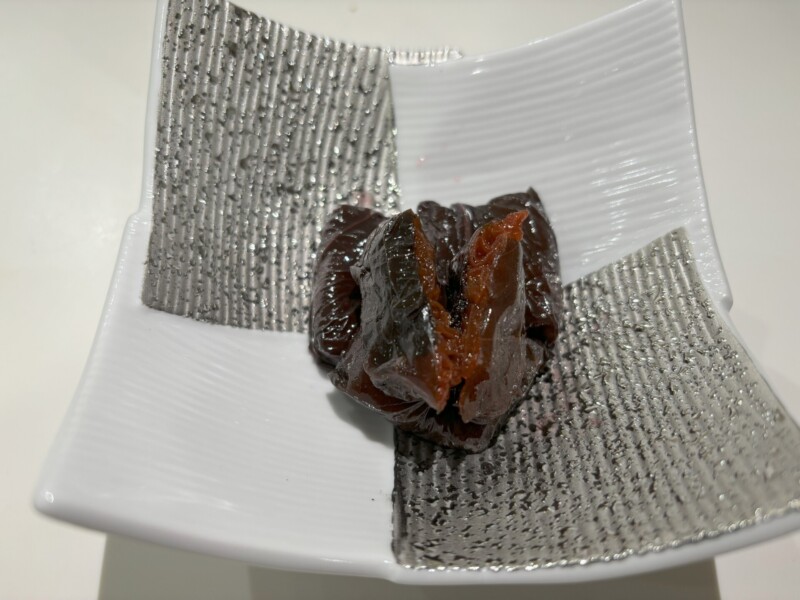
To make "Shiso-wrapped Apricots," first gather the necessary ingredients. The basic ingredients and method are as follows:
- Dried apricots (sweet ones are best)
- Red shiso
- sugar
- vinegar
- water
- Preparing the apricots:
Lightly wash the dried apricots and soak them in sugar water (a mixture of sugar and water) for a few hours to soften them. Once soft, drain the water. - Preparing the shiso leaves :
Wash the red shiso leaves carefully and soak them lightly in vinegar water. This will bring out the shiso's aroma and make it soft. - Wrap the apricots in shiso leaves :
Wrap the softened apricots in shiso leaves. Roll them tightly to prevent the apricots from spilling out. - The finished
apricots are then dried. Drying them in the sun for a few days allows the flavor of the perilla to blend in and create a good balance with the apricots.
The trick to making shiso-wrapped apricots is to roll the shiso leaves tightly so that the apricots do not spill out. If they do spill out, you will need to adjust the amount of time you soak the dried apricots in sugar water to achieve the desired sweetness
Introducing three recipes for shiso-wrapped apricots
Shiso-wrapped apricots are often served on the dinner table as pickles or as a tea snack, but they can actually be enjoyed in a variety of different ways! If you've made too many shiso-wrapped apricots and want to know other ways to eat them, try out the following variations
Coated with chocolate

Let's try coating "Shiso-wrapped Apricots" with chocolate. Just like Sachertorte, chocolate and apricots are a perfect match! The refreshing flavor of shiso and the sweetness of chocolate are an exquisite match, making it a delicious Western-style snack
Yogurt topping
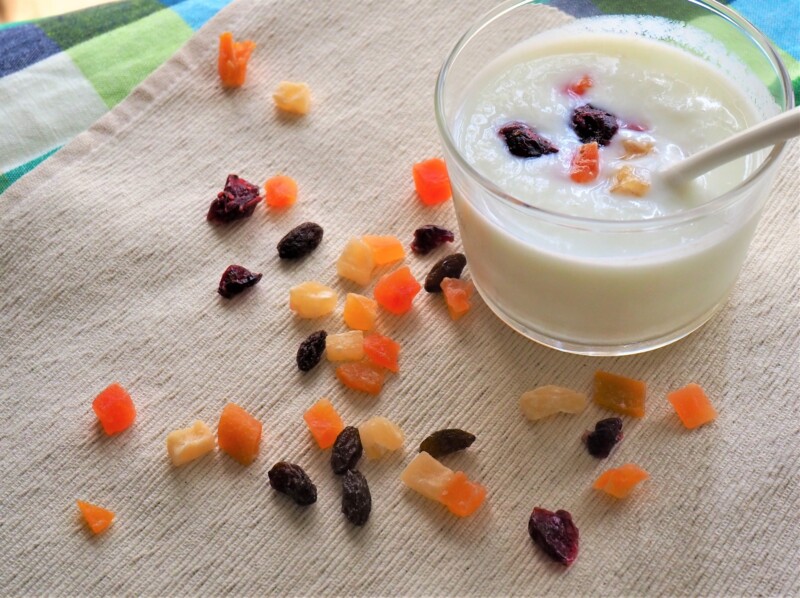
Try finely chopping "Shiso-wrapped Apricots" and topping them on yogurt. The aroma of the shiso and the tartness of the apricots will add a nice accent to the yogurt. You can also add them to pancakes or waffles for a unique flavor
Mix with cream cheese
Try finely chopping shiso-wrapped apricots and mixing them with cream cheese. It makes a great dessert, and also makes a great snack to go with alcohol
summary
Shiso-wrapped apricots are a traditional snack that has been popular in Aomori and Akita for many years. Once you have mastered the basic method of making it, try adding various variations to enjoy your own shiso-wrapped apricots



![Yurihonjo City, where Honjo, Kameda and Yajima domains were intersected between the Kubota and Shonai domains [Akita Prefecture] FF2C8AAA4350E7E179F97F97B38B3A2302F-1](https://jp.neft.asia/wp-content/uploads/2024/04/ff2c8aaa4350e7e179f97f38b3a2302f-1-150x150.jpg)
![What kind of route was the Konan Railway Owani Line, which was effectively decided to abolish it? [Aomori Prefecture] 31403627_m](https://jp.neft.asia/wp-content/uploads/2025/02/31403627_m-150x150.jpg)
![[The Mystery of Kamakura] Are Kamakura, a winter feature of Akita Prefecture, connected to the Kamakura Shogunate? Yokote 4_Travel Tohoku 1000](https://jp.neft.asia/wp-content/uploads/2025/08/a2674c8c7497fa159899e9b2a761c38f-150x150.jpg)

![[Miyagi] Sakurano Sendai store closed! ? Trace its rise and fall Sakurano Sendai store](https://jp.neft.asia/wp-content/uploads/2017/03/Sakurano_Sendai_Shop-150x150.jpg)
![[Akita Prefecture during the Boshin War] What were the decisions of the Kubota, Kameda, Honjo, and Yajima domains? 24115050_m](https://jp.neft.asia/wp-content/uploads/2022/06/24115050_m-150x150.jpg)
![[Series ④: The role of the previous nine years and the role of the second three years] Mr. Kiyohara's participation in the war completely changed the flow of the role of the previous nine years 1000310_m](https://jp.neft.asia/wp-content/uploads/2023/11/1000310_m-150x150.jpg)
![The foundation of Akita City is the castle town of Kubota Castle, created by Satake Yoshinobu [Akita Prefecture] Yoshinobu Satake](https://jp.neft.asia/wp-content/uploads/2024/01/Satake_Yoshinobu-150x150.jpg)

